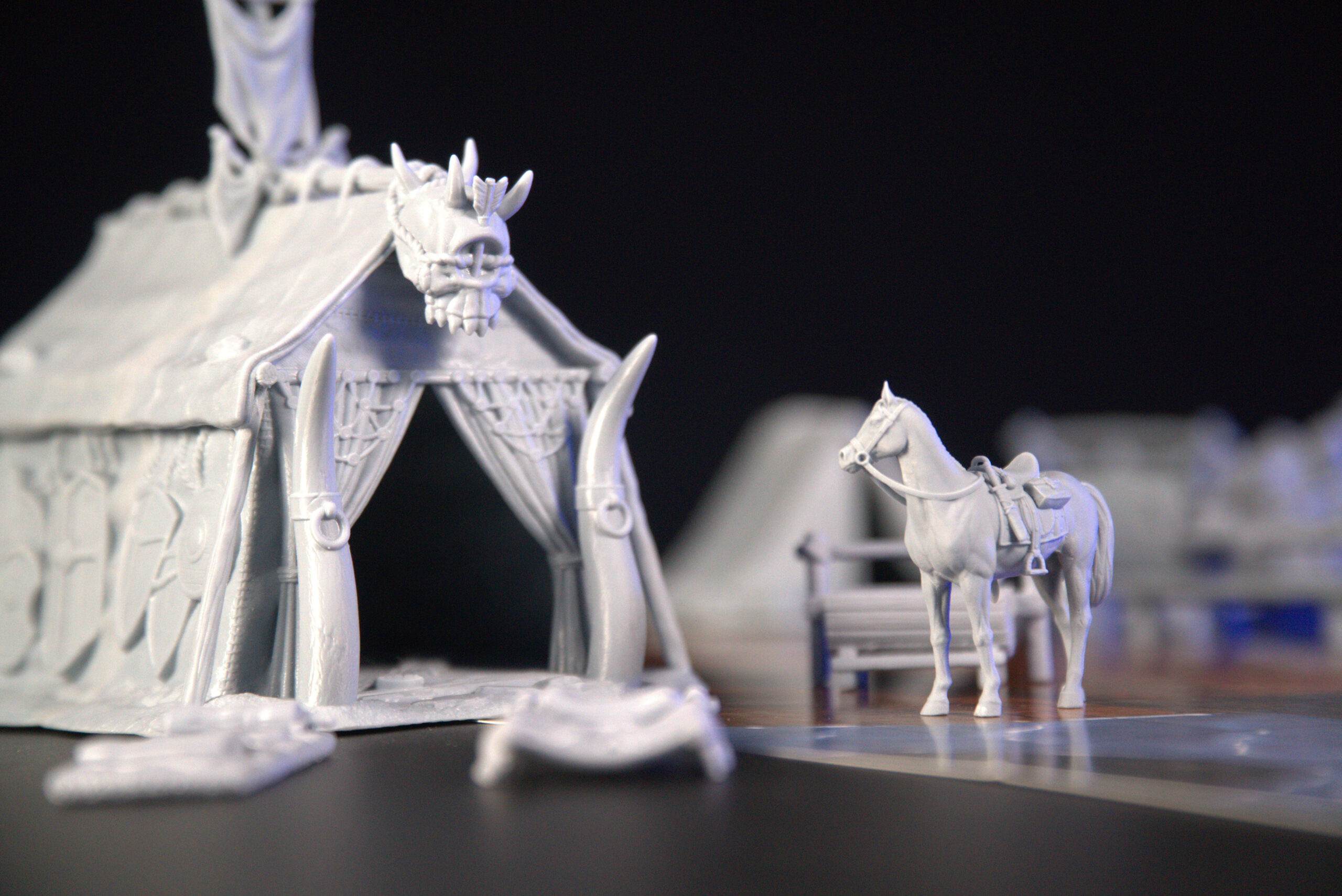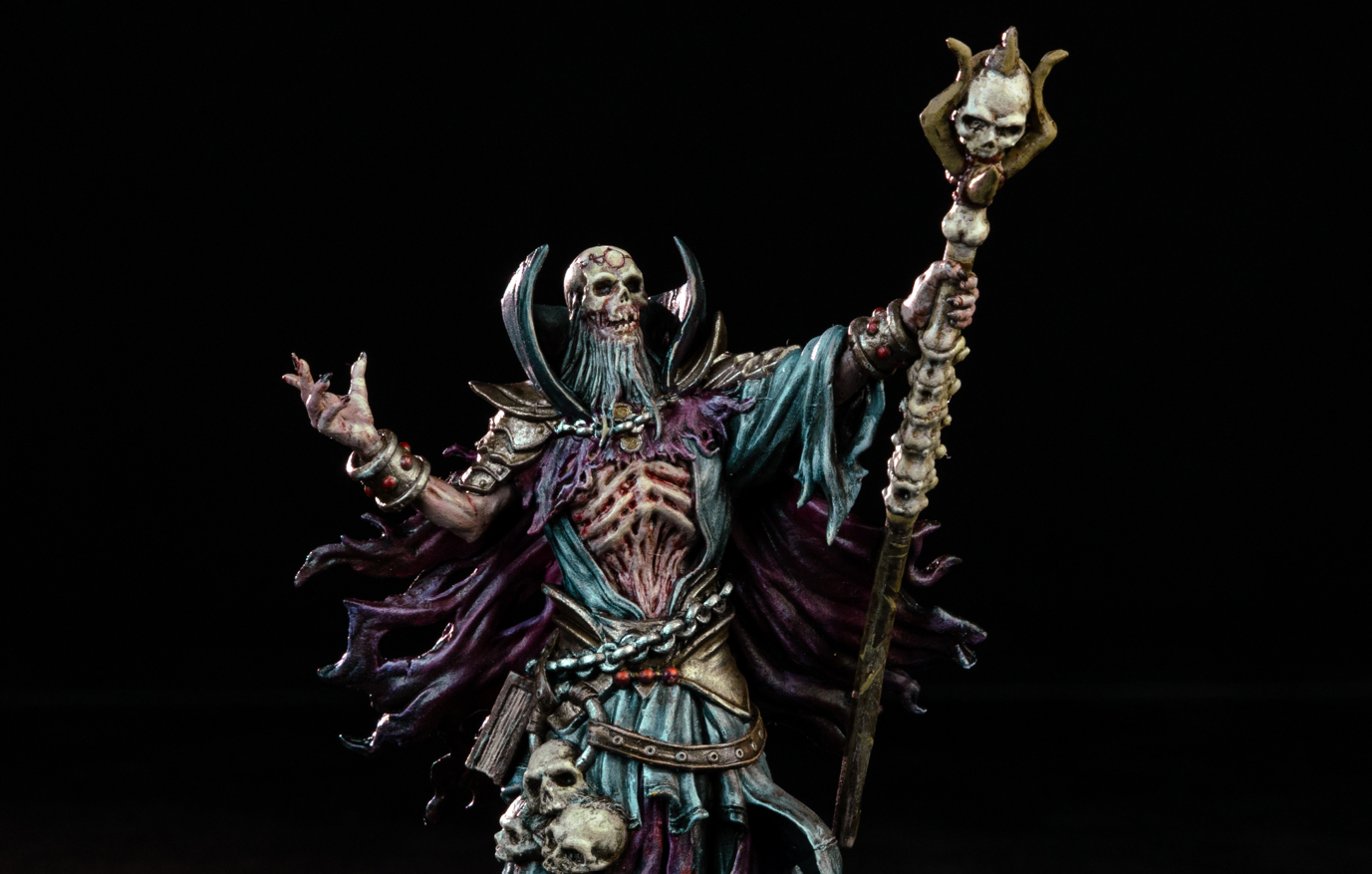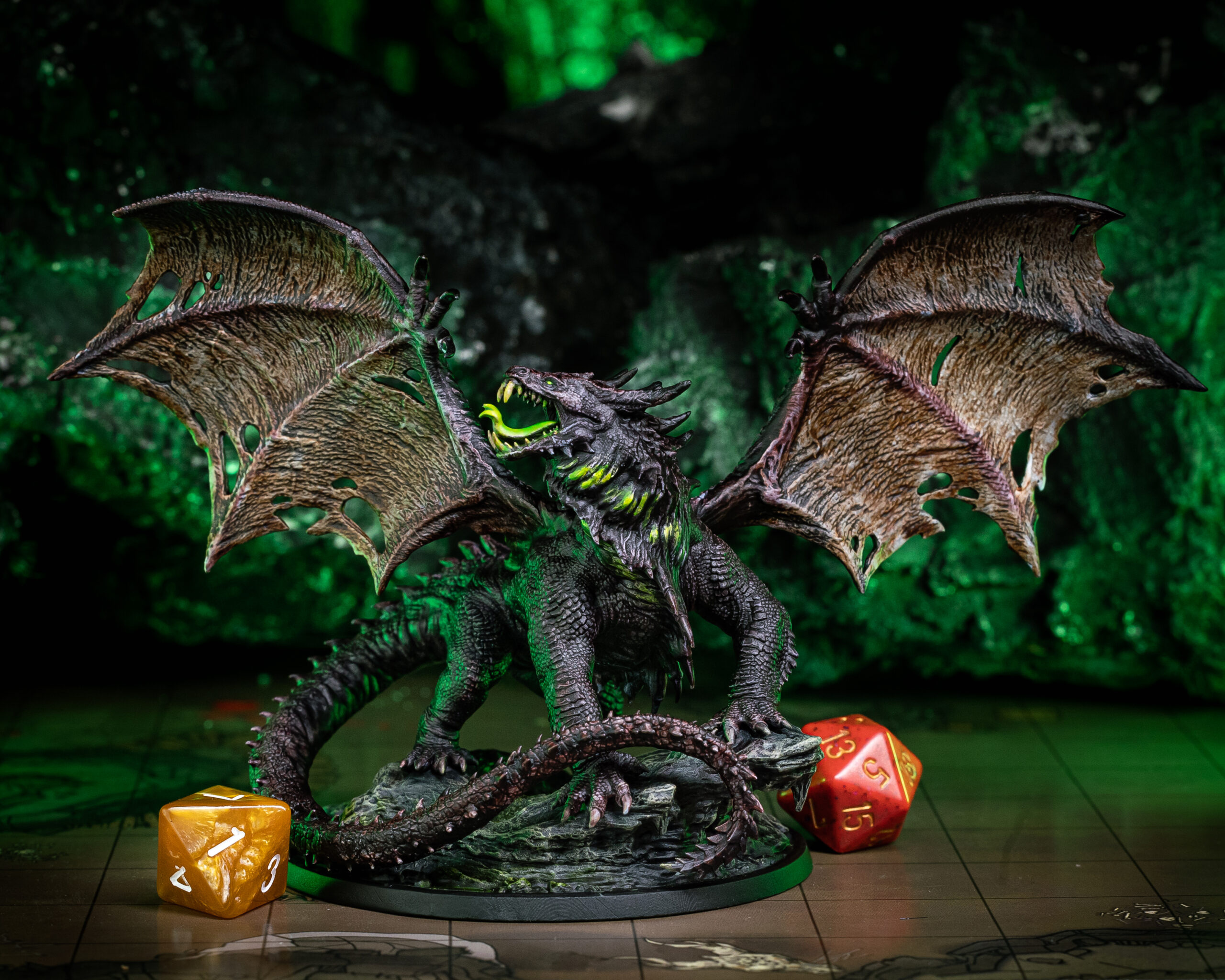Painting Clothing and Fabrics on Miniatures
Weaving Magic with Brush and Palette
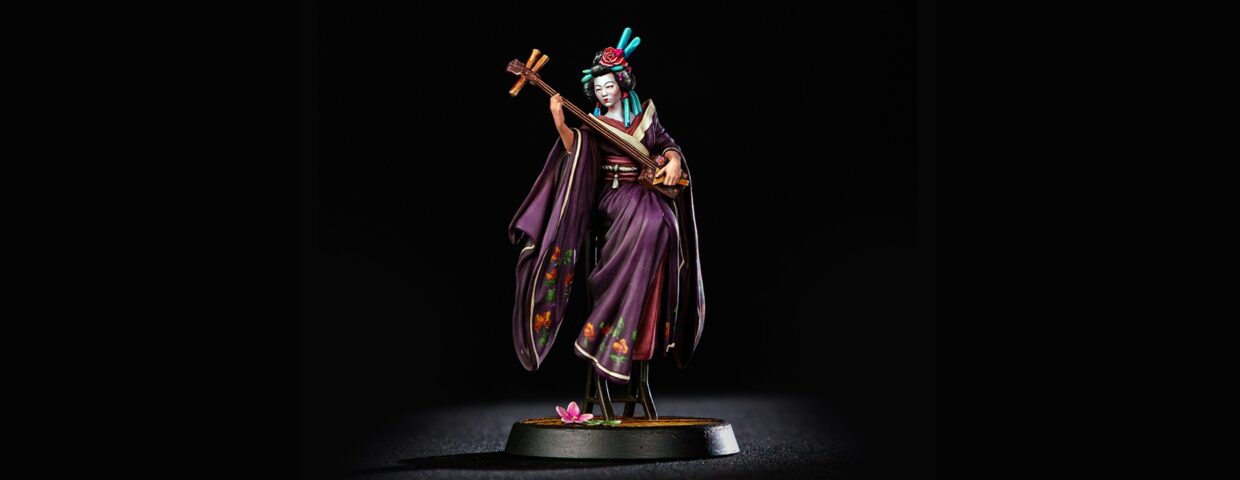
In the mesmerizing realm of miniature painting, skillfully painting clothing and fabrics can transform your tiny figures into captivating works of art brimming with realism and life – mastering the art of painting equals realism and vibrancy.
Different fabric types, from silk’s sheer elegance to velvet’s rich texture, can be replicated using specific painting techniques. This guide will delve into various methods to make your miniature attire stand out, whether you’re aiming for the illusion of depth, transparency, or texture.
Your adventure begins with the proper arsenal. Acrylic paints are preferred for their quick drying time and ease of use. For painting fabrics, a fine detail brush is crucial. It allows for precision, especially when working on small areas or intricate patterns.
A guide to becoming a sculptor with colors initiates with a base coat, setting the stage. Then, like a master of light and shadow, conjure darker shades to whisper secrets into the folds, crafting shadows that speak of unseen dimensions. Let your highlights dance on raised areas, a ballet of light that brings the fabric to life.
Too Fantastic? Ok, Let’s Be More Practical!
Understanding how light and shadow interact with different fabrics is crucial. Start by identifying the light source to determine where to place highlights and shadows. Apply a smooth, even base coat to set the mid-tone of the fabric.
For depth, use a darker shade than the base color to add shadows into fabric folds and creases, layering and allowing each layer to dry for a natural transition.
Regarding volume, the best choice is to add lighter highlights on raised areas, building up in layers while blending with the still-wet paint, which helps create smooth transitions between light and dark – a significant feature for realistic fabric painting.
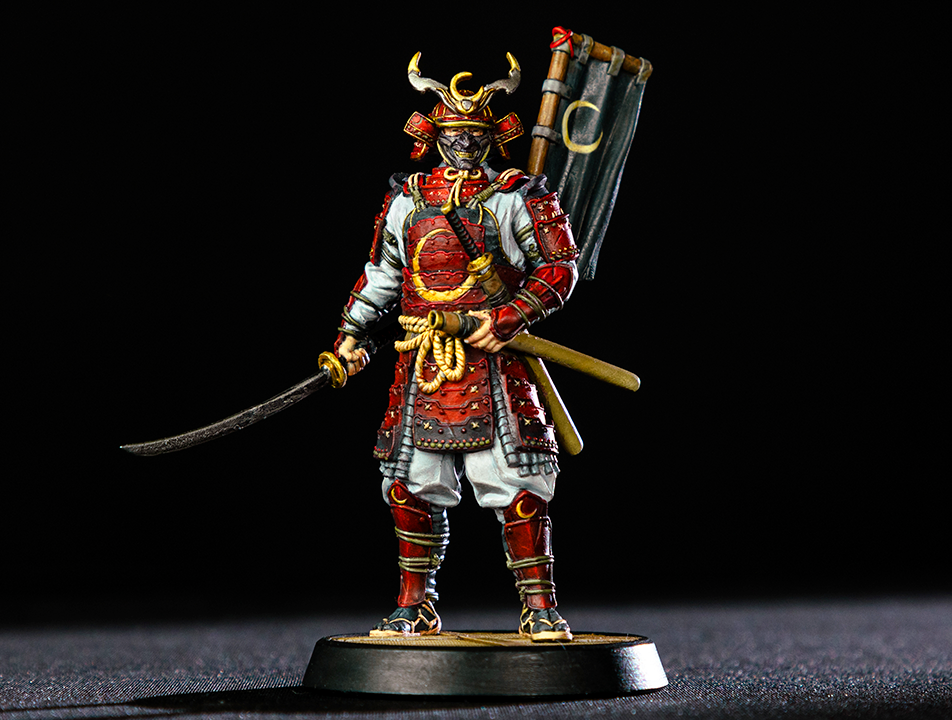
Glazing, applying a thin layer of transparent paint, can soften transitions, especially in fabrics like silk or satin, and for textured ones, use dry brushing to highlight them.
In the enthralling world of miniature painting, the fabric on your figures is not just cloth; it’s a canvas for storytelling, a place where each thread weaves a tale of texture and hue.
#1. Silk
Silk’s hallmark is its sheen. To replicate this, use a high-gloss varnish mixed with your base color, applying this mixture to areas where light naturally hits the fabric, like the tops of folds. Use smooth, gentle strokes to mimic silk’s soft, flowing nature.
#2. Velvet
Velvet is known for its deep, rich texture. Start with a dark base coat. Dry brush a lighter shade over it, focusing on the topmost surfaces. The key here is subtlety; too much light color can make the velvet look flat.
#3. Thin Cloths
Use a very diluted base color for a sheer look, like a veil or thin cloth, giving a transparent look to your mini. Apply it sparingly, allowing the underlying details of the piece to show through, with a steady hand and patience since it may require multiple thin coats.
#4. Wool
To paint heavier fabrics like wool, start with a textured base by lightly stippling the base coat with a sponge or rough brush. Once dry, apply shading and highlighting as you would typically do.
Pacience and Practice
If you are not as used to some techniques as mentioned earlier, remember that a steady hand and patience will go a long way! Using a fine-tipped pen or creating stencils can also be a helpful starting point for beginners.
Whether it’s the bold statement of a freehand design or the cautious first steps with stencils, each mark adds to the narrative of your miniature. As you develop your skills in painting, you might find it interesting to explore other surfaces and textures, like wood. Look at our post, “How to Paint Wood,” and get more painting XP on it now!
See It for Yourself
To see these techniques in action, consider the Medusa miniatures painted by Julio de Araújo – one of our estimated Looters – and Márcia, the head of painting at Loot, each a testament to the power of these techniques.
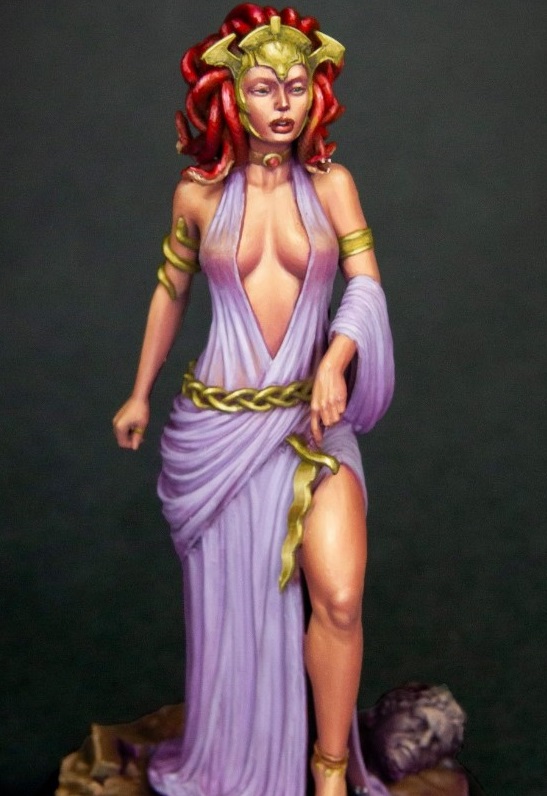

Araújo’s Medusa, draped in purple, showcases a stunning use of shading and highlighting to create a silk-like texture. Márcia’s, on the other hand, is not less glamorous but demonstrates the use of texture and layering to give a different, equally impressive, fabric effect. Out of this world, right? Both painting jobs are a symphony of texture and layering, your guiding stars in this journey.
Your brush is your voice, your colors, your emotions. It’s a realm where patience melds with creativity, and practice intertwines with imagination. Let your hands explore, let your eyes observe the subtle play of light and above all, let your heart guide your brush. This is not just painting; it’s bringing a static miniature to vibrant, breathtaking life.
Loot Studios can help you paint highly detailed minis, statues and props. Choose your favorite bundle from our previous releases or sign up for Fantasy or Sci-Fi to receive a new bundle every month. You can also check out some tips at our YouTube Channel.


